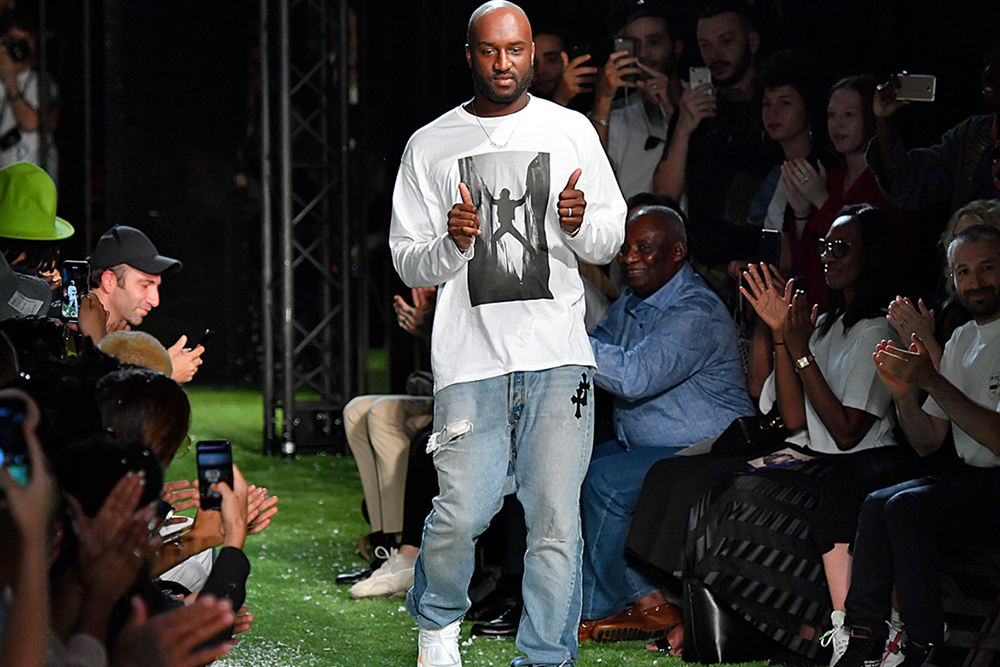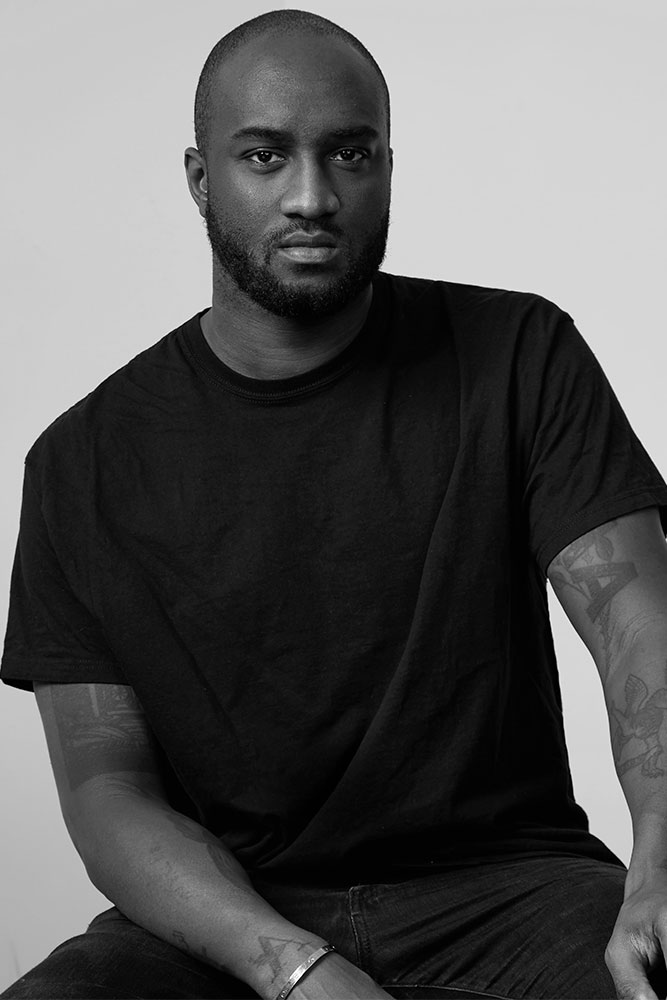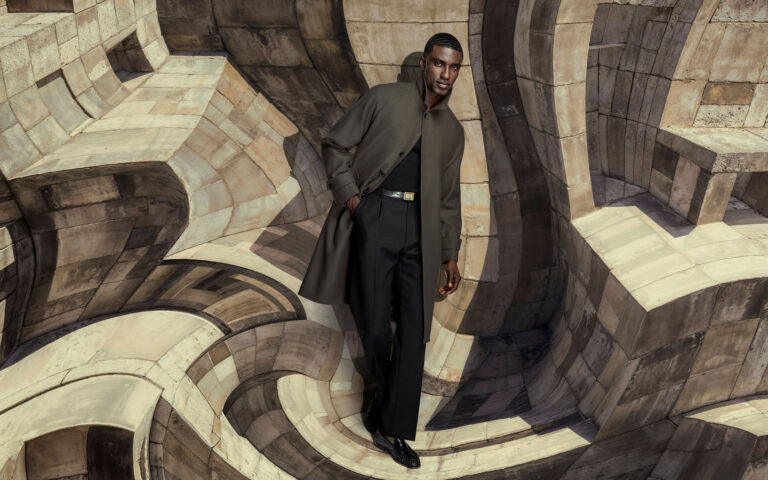When Virgil Abloh first met with Nike executives to discuss the possibility of a creative collaboration, he had one iron-clad stipulation: “If I do a project, I want it to be something that stops your scrolling thumb right in its tracks.”
He achieved that, and then some — if you happen to see someone wearing one of the original Virgil-designed sneakers that Nike released as “The Ten” in 2017 out in the wild, it’s almost impossible not to stop and stare. These are shoes that, like much of what the late designer dreamed up as creative director of menswear for Louis Vuitton or as CEO of his own high-street fashion brand Off-White, radically altered, transformed, and reconfigured classic shapes, designs, and silhouettes. “I wanted every pair of sneakers to reference itself,” Abloh said, at the opening of an exhibition of the shoe collection at the Museum of Contemporary Art Chicago in 2019. He took something incredibly familiar, something everyone had seen so many times that it no longer even registered, and made it feel vibrantly, unignorably new again. Abloh’s art was like a great song with an even better remix.

Abloh — who passed away suddenly this week at the age of 41, after a private bout with a rare form of cancer called cardiac angiosarcoma — was the remarkable contemporary fashion designer to transcend the world of haute couture to become a bona fide household name. Born in Rockford, Illinois, to a family of Ghanaian immigrants, his formal education in architecture and engineering soon gave way to a latent interest in music and design, in which he quickly developed a keen talent and soon found international success. Abloh’s album cover designs, especially those he made for long-time friend and collaborator Kanye West, remain some of the most iconic in rap, and helped cement his status as one of hip-hop’s most revered cultural figures.

With Off-White, Abloh minted an aesthetic built around pop-art recontextualization and the conspicuous, playful use of quotation, borrowing liberally from a wide range of sources in the manner of one of his heroes and inspirations, Marcel Duchamp. His best-known and most divisive motif was a set of literal quotation marks, which rapidly became Abloh’s signature touch, and one synonymous with the Off-White brand. The stripped-down, self-referential quality of so much of his work — wallets emblazoned with the word “WALLET,” shoelaces with “SHOELACES” stamped along them — had the effect of making an Off-White piece feel less like mere clothing and more like a work of art. It was also Abloh’s way of undermining what he felt was commercialized artifice. “If you’re advertising, I’m advertising too,” he explains in Something’s Off, a book about his work released earlier this year. “I can just draw on anything.”
Part of the reason Abloh’s passing was so shocking was that he was still so much a vivid and indispensable part of modern popular culture. He was still, pretty much until the very end, producing new, relevant, and ever-compelling work: as recently as last month, he was putting his spin on another signature Air Jordan, which arrived to the customary debate, fanfare, and insatiable market demand typical of every new Abloh release. As hard as it was to imagine Abloh’s vision before he realized it, it’s difficult to conceive of high fashion, hip-hop, or sneaker culture without him. His influence will almost certainly be felt for generations to come, and the impact of his work in these realms and beyond will continue to linger.



